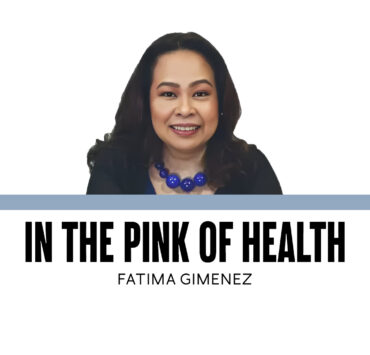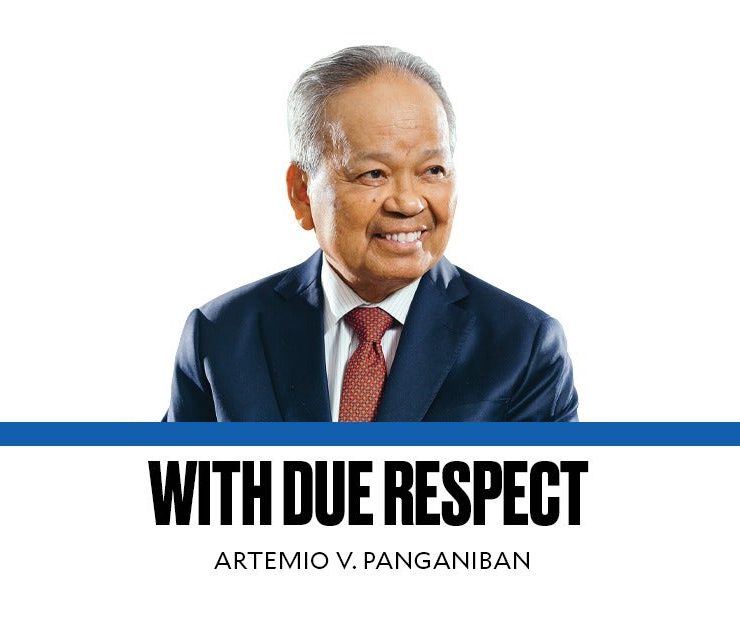How Gen Alpha bullying hides in slang

To a young person, the phrase “let him cook” could mean drastically different things. In gaming, it might be used to encourage another player to continue employing a risky or unconventional strategy because it could potentially lead to a good outcome. In another context, the same phrase can be used to mock or belittle someone for speaking nonsense. Welcome to Generation Alpha’s highly coded language. They constantly invent and repurpose phrases, emojis, memes, and abbreviations, giving them very nuanced or double meanings. Their rapidly evolving slang is not only challenging to keep up with, it is also making it increasingly difficult for parents and teachers to recognize and respond effectively to online bullying.
We are already experiencing this challenge at our school. While investigating a potential bullying case, our teachers and principal debated whether a student’s use of “skibidi,” another popular Gen Alpha term, was harmful. The difficulty of decoding these context-dependent expressions was recently highlighted at the recent ACM Conference on Fairness, Accountability, and Transparency. A study that involved analyzing 100 Gen Alpha phrases found that while young users recognized harmful intent in over 90 percent of cases, parents, moderators, and even advanced artificial intelligence (AI) models identified only about a third. For example, the abbreviation “kys” could either be “know yourself” or maliciously mean “kill yourself,” depending on how it was used. The study pointed out that adults alarmingly often resorted to guesswork, highlighting the urgent need for better-equipped AI moderation systems to intervene.
Bullying continues to escalate as a social problem and has been closely linked with other troubling phenomena, such as mass shootings, mental health crises, and youth suicide. The Philippine National Police recently reported that nearly 2,000 Filipinos died by suicide in the first half of 2025, most of them being victims of either physical or online bullying.
Adolescents are particularly vulnerable to bullying because they are biologically programmed to care deeply about what their peers think of them. Neuroscientific research shows that when teens experience rejection or humiliation, their brains respond in the same regions that process physical pain. While all forms of bullying are harmful, cyberbullying can be even more devastating because of the way online platforms could amplify and immortalize negative messages.
Renowned education lawyer and San Beda Law vice dean Francesca Lourdes Señga emphasized the need not just to create sound anti-bullying policies but also to make sure that everyone—staff, teachers, parents, and students— are all on the same page about what bullying consists of, and how it will be addressed. For instance, a question that she often gets is whether schools can intervene when bullying occurs outside school hours. According to Señga, parents must recognize that schools, as a child’s second home, are afforded by law special parental authority and responsibility to ensure these spaces remain safe and supportive. Since online bullying has real-world consequences that can make a child’s school life feel like a hostile environment, “schools have both the right and the obligation to intervene.”
As the language of bullying becomes more coded and difficult to detect, responses must also become more informed and sophisticated. As the case above highlighted, educators, parents, and counselors must not only learn the meaning of the memes and expressions, but also seek to understand their unique social dynamics in order to navigate their context-dependent messages and intervene meaningfully.
Many schools have also launched “Upstander” programs, which seek to empower young people to intervene and report cases of bullying. While these may help encourage students to support targets and challenge bullying behaviors, research indicates that these initiatives are quite ineffective in instances where the perpetrator is a popular student. Their high social standing either emboldens peers to join in or discourages them from stepping in for fear of being socially isolated. In some instances, well-meaning teachers may also resist acknowledging that high-achieving, well-liked students can engage in harmful behavior, further complicating effective interventions.
For anti-bullying initiatives to be effective, they should extend beyond awareness campaigns. Given bullying’s deep ties to social status, educators must also rethink and shape how popularity and social influence are cultivated in schools. They must actively incentivize inclusion and empathy through student leadership roles, values-based youth clubs, and peer mentoring programs, which foster an environment where showing respect and compassion, rather than cruelty and excluding others, is what leads to social influence. To truly protect this generation, it is not enough to teach kids to be kind; we must also show them why it is worth aspiring to.





















